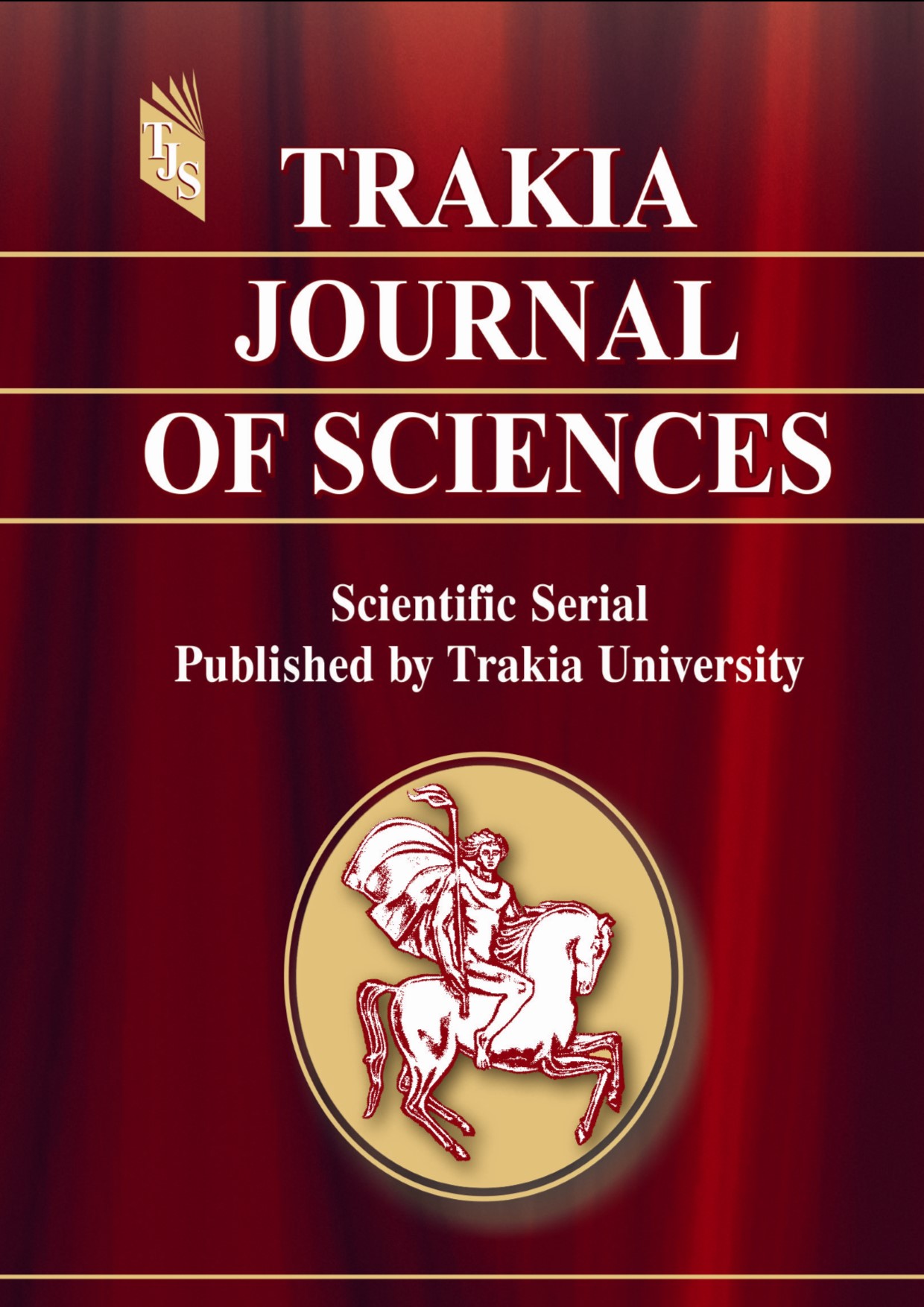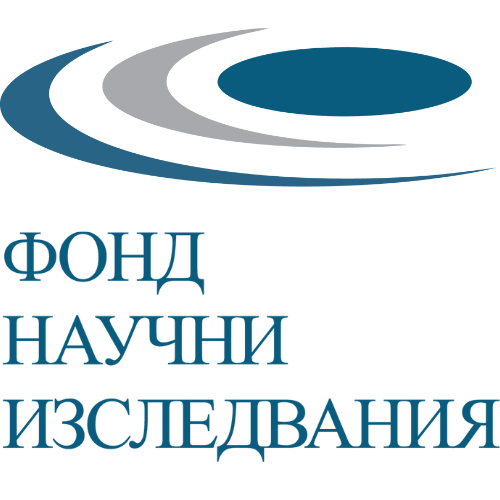INFLUENCE OF BULGARIAN FOLK DANCES ON PHYSICAL DEVELOPMENT AND PHYSICAL FITNESS OF STUDENTS
DOI:
https://doi.org/10.15547/tjs.2025.s.02.022Keywords:
elective discipline, physical education, motor qualities, motor potentialAbstract
Bulgarian folk dances find a varied place in terms of volume and content in physical education and sports classes at universities. Folk dance classes presence is influenced by various biological and social prerequisites, driven by the social needs of individuals. Engaging in Bulgarian folk dances contributes to the development of motor qualities. Fast dynamic movements, such as jumps and hops, help develop speed. Simultaneously, endurance can be enhanced through increasing joint movement amplitude, while dance movements and combinations for specific muscle groups contribute to strength, flexibility, and upright posture. This fosters the acquisition of skills and habits for motor culture, which are an integral part of the educational process.
The aim of this article is to trace the bioenergetic responses of the organism resulting from practicing Bulgarian folk dances. To achieve the research objective, two sports-pedagogical tests were conducted to determine the level of physical fitness among the students under study. A test battery consisting of ten indicators was used in the testing, of which four indicators for physical development and six for physical fitness. We processed the results of the testing using appropriate mathematical-statistical methods: variance analysis, comparative analysis of Student's t-criterion, and index method. Based on the obtained results and the performed analysis, conclusions were drawn regarding the specific effectiveness of practicing Bulgarian folk dances and ways to purposefully improve the health status and motor capabilities of students were revealed.
References
Vuglarov, S., Bulgarian Folk Dances, Textbook for Students from NSU, Third Revised Edition, Medicine and Physical Education, Sofia, 1988.
Grigorov, B., Bulgarian Folk Dances as a Form of Animation, NSA Press “Vasil Levski”, p. 21, 2015.
Tzankova-Kaloyanova, M., Aspects of the Technical-Tactical Preparation of Adolescent Women Basketball Players, NSA PRESS, Sofia, 2023.
Tzankova-Kaloyanova, M., Status of Physical Capacity of Lower Secondary Education Students. Trakia Journal of Sciences, Vol. 18, Suppl. 1, pp 842-847, 2020.
Tsankov, Ts., Multi-Year Training of Basketball Players: Sofia, Nais AN Ltd, 2019.
Tsankova, J., Methodology for Teaching Basketball in Higher Education Institutions: Sofia, Nais AN Ltd, 2013.
Du Beck, A., Dance Class with Anton, IK “EMAS”, 2009.
Kostov, Z., Phenomenological Foundations and Methodology of the Development of Sports Dances, NSA Press, Sofia, pp. 16-17, 2020.
Nikolova, E., Motor Activity. School Family, “Bolid-ins”, Sofia, 2012.

Downloads
Published
Issue
Section
License

This work is licensed under a Creative Commons Attribution-NonCommercial 4.0 International License.


